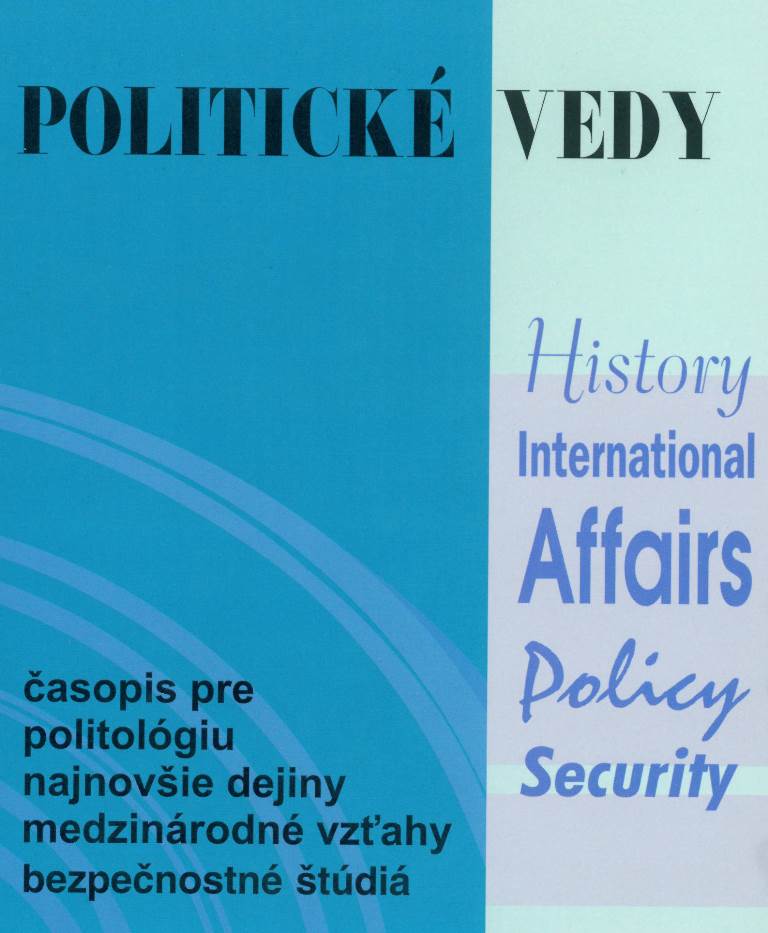Lessons Learned from the DRC: Non-State Armed Groups and The UN
Lessons Learned from the DRC: Non-State Armed Groups and The UN
Author(s): Kristína Janková, Henrieta KunováSubject(s): Security and defense, Military policy
Published by: Univerzita Mateja Bela
Keywords: non-state armed groups;UN;Resolutions;MONUC;MONUSCO;DRC;
Summary/Abstract: The position of the non-state armed groups in the conflict management process has been neglected due to the provisions of International Humanitarian Law despite their significant role in the conflict. Therefore, the UN has been responding and dealing with these actors in a limited way. In case of Democratic Republic of Congo (DRC), which is characterized by various dynamics involvement of various armed groups of state, as well as non-state actors operating from within the country and as a spill-over from the bordering countries. Over the years, as a response, two UN missions - MONUC and MONUSCO were deployed. Even though the MONUSCO mission has been better equipped for responding to crises and unexpected situations, the unrest and political violence persisted. Through quantitative document analysis the article evaluates the flexibility and adaptation of the UN to recognize the non-state armed groups as legitimate parties to the conflict by referring to their nature, character and categories by measuring the frequency and density of pre-defined terms that fall into the definition of non-state armed groups. The aim is to summarize the lessons learned from both missions and explain why the MONUSCO mission has tackled the conflict more successfully. The analysis shows that lessons have been learned from the MONUC mission only partially as the mandate’s capability has been improved in MONUSCO. However, the UNSC may utilize the naming and shaming strategies more in order to become more prepared for adaptation to diverse situations.
Journal: Politické vedy
- Issue Year: 23/2020
- Issue No: 2
- Page Range: 114-133
- Page Count: 20
- Language: English

